
In the land formations when the water as a thin layer freezes on the surface in the shape of ice, one has to tread carefully, spreading out the weight or else one can plunk in water, as it is like a plastic sheet which has been hung over a surface, but the ends are not being tethered. It seems to be happening with DELHI 6. The criticisms are flying fast on it, but as they are putting on so much weight and not able to balance the weight in required proportions they have the full possibility of landing into ice cold water.
The nature of criticism is veneering around the subject matter, about the nuances being expressed and the superficiality of the expressions on display. But this is what the film has tried to unravel. It is a celebration of the spirit, the tehjeeb so to say of the Indian culture, or to be precise the Hindavi culture, an admixture of Hindu and Islamic traditions, which is the hallmark of the social fabric, and which is being vitiated for ulterior gains.
The disconnect also seems to be emanating from the couplets of Ram Charit Manas that has been used as a binding element, and to give it a really earthy feeling, the voice of Raghubir Yadav has been used. If the audience of the metropolitan centers is not able to relate to it, is it not a deficiency on the part of Rakeysh Om Prakash Mehra. Each couplet that has been picked up has been done with great deliberation and while the urban folks may not be connected with it, the rural population would be able to identify with each of the couplets in their own manner, as the recitation of Ram Charit Manas is a regular affair every evening in most of the countrysides. DELHI 6 is celebration of the spirit of a joint family system and is an invocation about return to the same. The cacophony that the brothers, Om Puri and Pavan Malhotra produce in unison in the jagran is symptomatic of the divisions that we have acquired amongst ourselves, in our quest to go nuclear as far as the composition of the family is concerned, and again it can only happen in India that the family unties once again in the time of crisis.
It is a saga that underlines the importance of the great Indian family, and it is the family that is coming in droves to relive the experience of living in a joint family system through DELHI 6. One of the other significant features of DELHI 6 is the invocation to look inside, and if we are able to introspect with ourselves, most of our problems would be solved. In the folklore of Indian tradition, Bikram and Betal, the Betal continues to haunt the day-to-day existence, and the kaala Bandar does in modern times. When we get it off our back, most of our problems in the life would be solved.
http://www.glamsham.com/movies/features/09/mar/03-why-berate-delhi-6-before-the-results-030914.asp






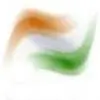










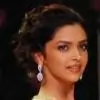






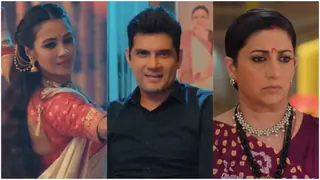
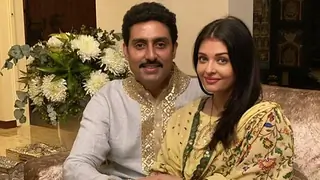



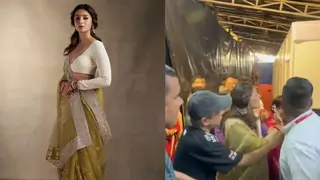


45